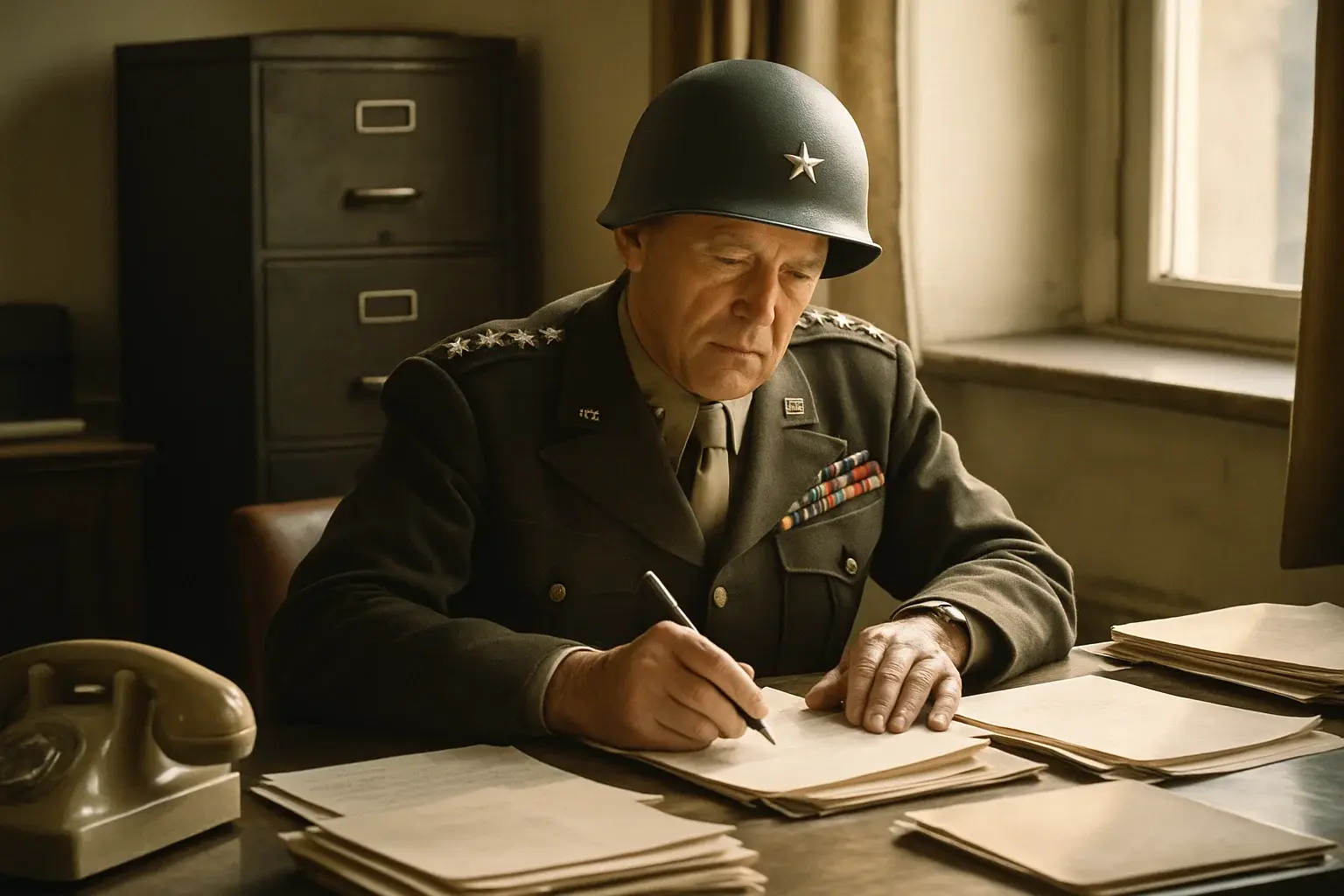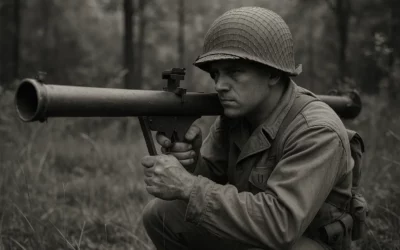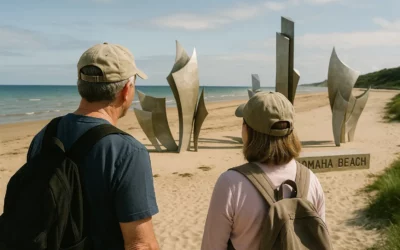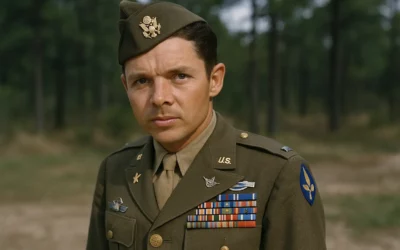George S. Patton, widely known as American General Patton, remains one of the most dynamic and controversial leaders of World War II. Born in 1885, he rose through the ranks to command the U.S. Third Army in a blistering armored advance across Europe. In this article, you’ll discover Patton’s early experiences, battlefield strategies, his polarizing personality, and his enduring influence on modern military leadership. Gain insight into how his bold tactics shaped Allied victory—and why his legacy still sparks debate.
George S. Patton: The Making of “Old Blood and Guts”
Early Life and Formative Years
- Born on November 11, 1885, in San Gabriel, California, raised in a military-influenced family.
- Graduated from West Point in 1909; competed in the 1912 Olympic pentathlon, representing the United States in fencing.
World War I: Pioneer of Tank Warfare
- Served with the U.S. Tank Corps in France, contributing significantly to early armored warfare doctrine.
- Commanded the U.S. Tank School, influencing future mechanized forces.
Interwar Period: Building Doctrine
- Authored numerous tactical manuals on cavalry and armored warfare.
- Taught at cavalry schools, influencing the evolution of military doctrine toward mobility and mechanization.
World War II: Bold Commander in Action
- North Africa and Operation Torch (1942): Successfully led troops securing Casablanca beachheads.
- Sicily and Slapping Controversy (1943): Notorious for slapping shell-shocked soldiers, causing temporary backlash and reassignment.
- Normandy and Third Army Breakout (1944): Led a rapid armored thrust across France after D-Day, significantly aiding Allied advances.
- Battle of the Bulge (Dec 1944): Executed a swift maneuver northwards under harsh winter conditions to relieve besieged Bastogne.
Controversy, Character, and Leadership
- Nicknamed “Old Blood and Guts” for his fierce personality and aggressive military tactics.
- Notoriously outspoken, Patton often clashed with fellow commanders, criticized political decisions, and expressed anti-Soviet sentiments, costing him higher postwar positions.
Legacy and Influence
- Revolutionized armored warfare doctrine, emphasizing speed, mobility, and decisive actions.
- Widely studied in military academies worldwide and immortalized in popular culture, notably by actor George C. Scott in the film Patton.
Summary of Contributions
| Area | Patton’s Contribution or Legacy |
|---|---|
| Innovation in armored doctrine | Founder of U.S. armored warfare strategy |
| Operational boldness | Rapid advances across France and rescue at Bastogne |
| Leadership style | Charismatic, relentless, controversial |
| Cultural legacy | Iconic film portrayals and inspirational military archetype |
Patton’s Legacy: Beyond the Shoulder Holster
George S. Patton’s legacy extends far beyond headlines and battlefield tactics. His uncompromising dedication to speed and mobility revolutionized armored warfare doctrine. While his outspoken views and personal controversies shadowed his career, his achievements remain integral to modern military thinking. By examining Patton’s life—from Olympic athlete to battlefield commander—you gain perspective on leadership shaped by courage, controversy, and conviction. His story continues to challenge and inspire those who grapple with what it means to lead under fire.




